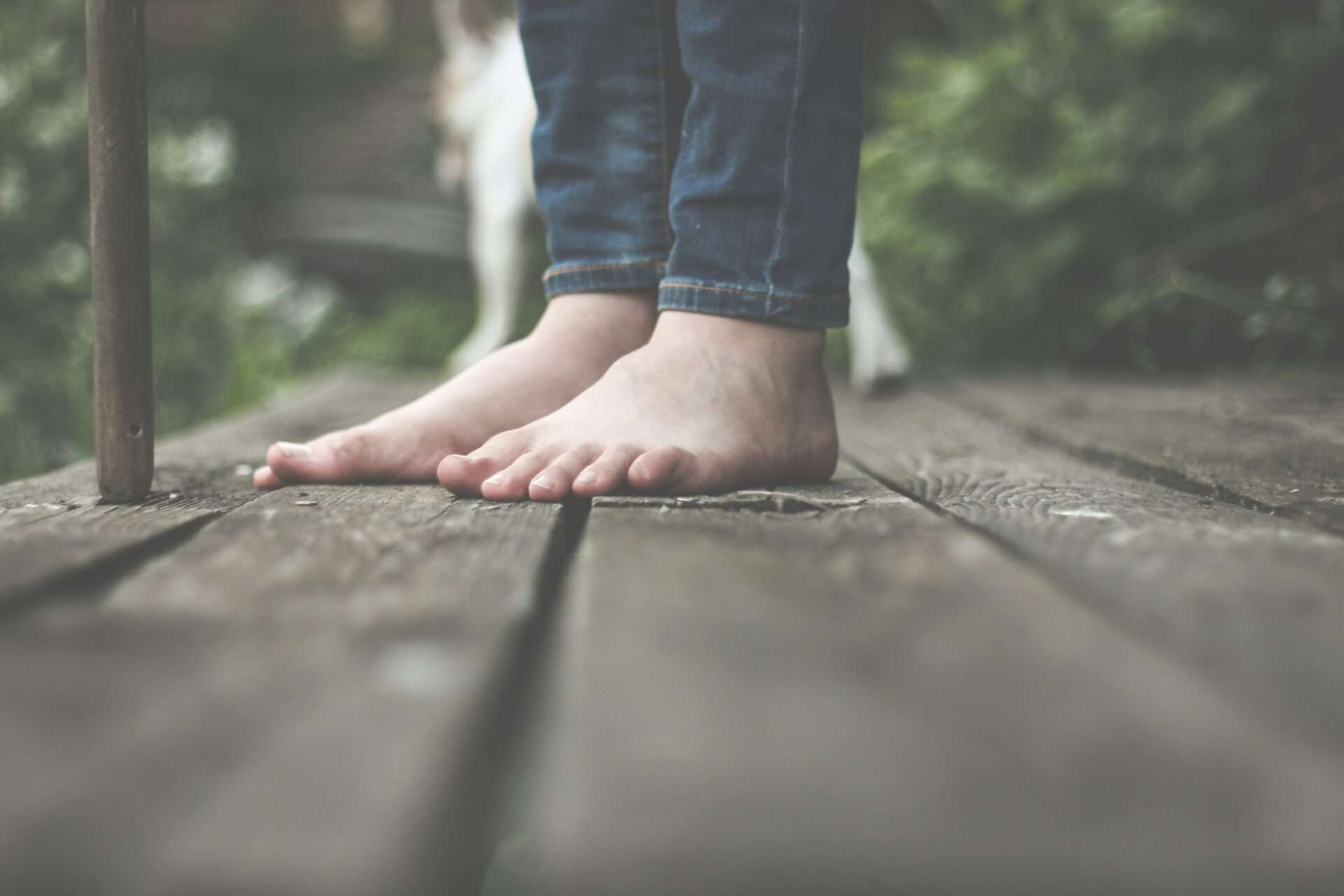The Barefoot Running Revolution: Rediscover Your Natural Stride
Why Run Barefoot?
Shedding shoes isn’t just a trend—it’s a return to our evolutionary roots. Modern research shows barefoot running activates 25% more foot muscles than shod running, creating stronger arches and better shock absorption.
Key Benefits
- Biomechanical efficiency: Promotes natural forefoot/midfoot strike
- Enhanced proprioception: 3x more nerve endings engage with ground contact
- Injury prevention: Reduces heel strike impact by up to 50%
Debunking Common Myths
Myth vs Reality
| Myth | Fact |
|---|---|
| Barefoot running causes injuries | Proper transition reduces injury risk by 12% (Harvard Medical Study) |
| You need thick soles for protection | Human feet adapt to develop natural padding in 6-8 weeks |
The Science of Barefoot Running
Foot Mechanics Unleashed
Traditional shoes alter natural gait patterns by:
- Restricting toe splay (reduces balance by 17%)
- Elevating heels (changes spine alignment)
- Dampening sensory feedback (limits neuromuscular connection)
Transitioning Safely
8-Week Adaptation Plan
- Weeks 1-2: 5-minute barefoot walks daily
- Weeks 3-4: 10-minute grass runs 3x/week
- Weeks 5-6: Alternate barefoot/shod runs
- Weeks 7-8: Increase to 30-minute barefoot sessions
Terrain Guide
Surface Safety Ratings
- Grass (Ideal): Soft, forgiving, natural texture
- Sand (Advanced): Builds strength but uneven
- Concrete (Caution): Hard surface requires perfect form
Foot Care Essentials
Post-Run Routine
- Cool water soak (3-5 minutes)
- Pumice stone for callus maintenance
- Moisturize with shea butter
- Toe mobility exercises
Join the Movement
The global barefoot running community has grown 300% since 2015. Local meetups and virtual challenges make transitioning easier with peer support.
FAQ
How long until my feet toughen?
Most runners develop protective calluses in 4-6 weeks of consistent barefoot activity.
Can I still race barefoot?
Many marathons now allow barefoot runners—check individual race rules.



